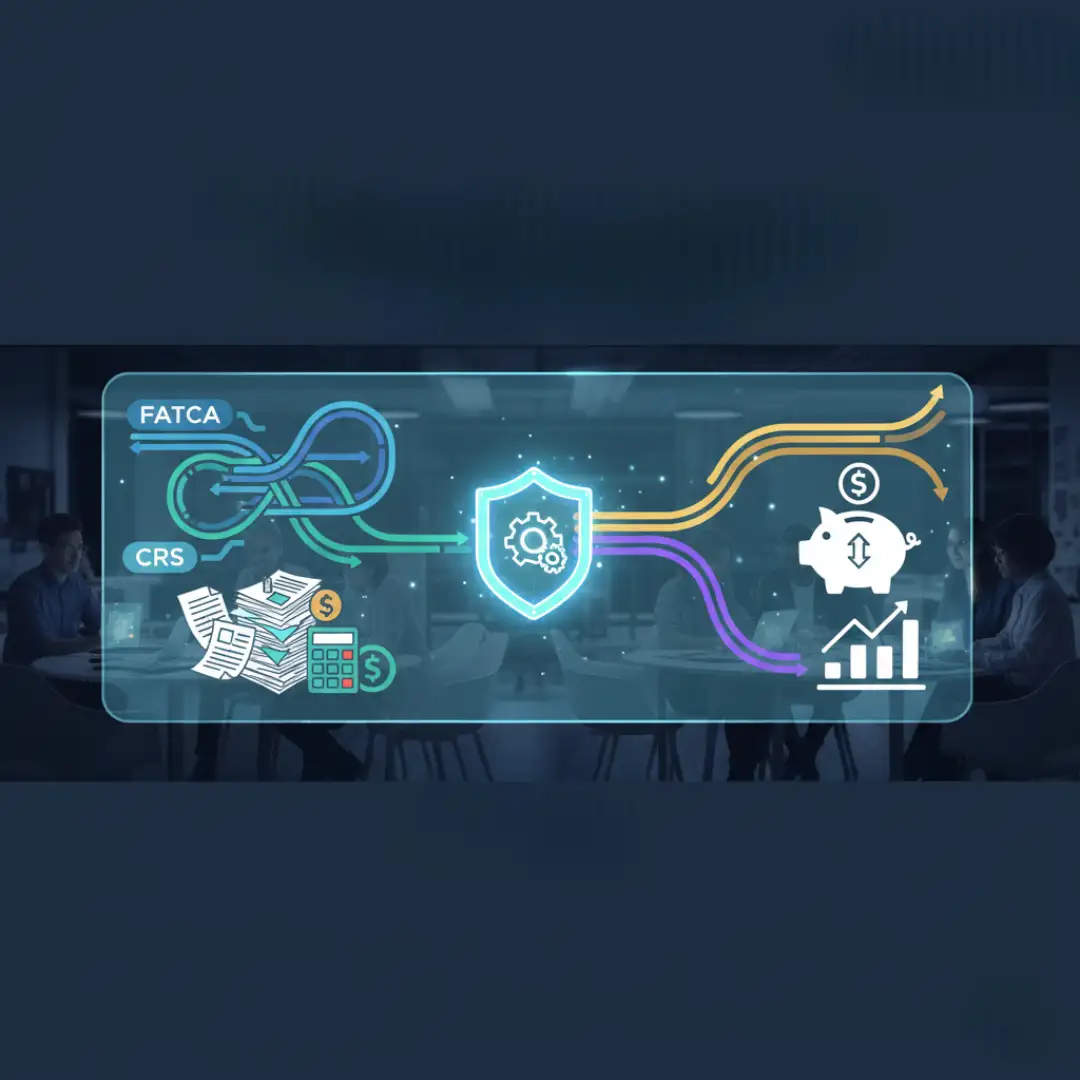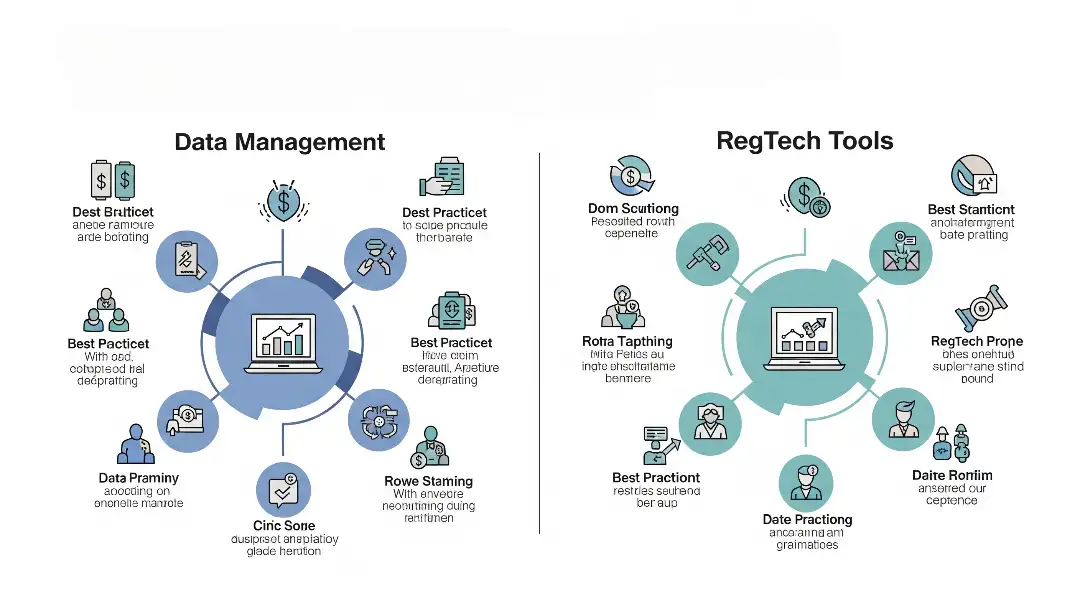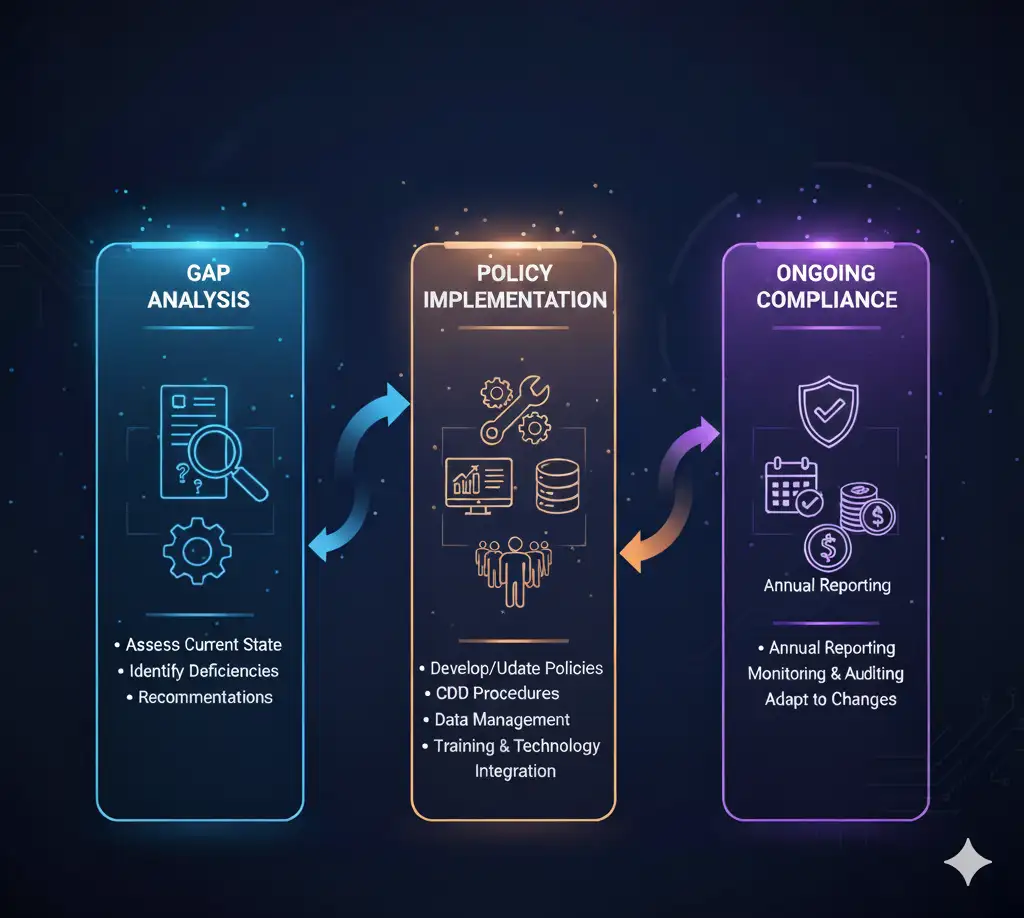AI UX Design: Future-Proof Strategies for 2025
Published by: Gautham KrishnaAug 06, 2025Blog
71% of UX professionals confirm AI/ML now shape core design workflows, while 88% of users abandon sites with poor UX. As AI transforms digital interactions, startups that master hyper-personalization, ethical frameworks, and multimodal interfaces gain 3x faster user adoption. This guide reveals actionable strategies to future-proof your UX--backed by data, toolkits, and real-world frameworks.
Why AI Demands a UX Revolution (Data-Driven Insights)
The New Design Imperative
- Speed vs. Quality: 55% of designers prioritize accessibility-first AI integration to avoid exclusionary algorithms
- Behavioural Precision: AI-powered heatmaps reduce usability issues by 83% by predicting interaction hotspots
- Business Impact: 67% of enterprises rank UX as a key competitive differentiator in AI-driven markets
"AI isn't replacing designers--it's amplifying human creativity. The winners will blend vision with algorithmic precision."
5 AI-UX Strategies for 2025
1. Hyper-Personalization Engines
Tools & Tactics:
- Predictive Analytics: Use tools like Adobe Firefly to auto-generate interface variants based on user behavior (e.g., dynamic CTA buttons that adapt to engagement patterns)
- Real-Time Adaptation: Implement LLMs (e.g., ChatGPT-4) to rewrite microcopy dynamically for different user segments
Impact:
- 40% higher retention in personalized mobile UX flows
- 52% lower bounce rates via context-aware layouts
Explore AI-Enhanced UX Services
2. Ethical AI & Inclusive Design
Critical Safeguards:
- Bias Audits: Run sentiment analysis on AI outputs using Claude.ai to flag exclusionary language
- WCAG Compliance: Auto-test color contrast/voice navigation with tools like Figma Accessibility Plugins
Statistics:
- 68% of sites fail basic accessibility checks--costing $7M/year in lost revenue
- Startups with ethics-first UX see 90% higher trust scores
3. Voice & Multimodal Interfaces
Implementation Framework:

Tools:
- Google Gemini: For cross-device conversational UX
- LottieFiles: Animate SVG icons for gesture-guided navigation
Case Study:
Healthcare apps using voice + tactile feedback reduced senior user errors by 62%
4. AI-Augmented Design Workflows
Efficiency Boosters:

Key Insight:
47% of designers using AI tools report higher job satisfaction
5. Emotional Intelligence (Affective UX)
Implementation:
- Facial Recognition: Cameras detect frustration
 trigger help chatbots
trigger help chatbots - Voice Tone Analysis: AI adjusts conversation flow during support calls
- Biofeedback: Wearables inform stress-reducing UI changes
Impact:
- 50% faster conflict resolution in customer service portals
- 34% higher satisfaction in mental health apps
AI-UX Cost Efficiency Calculator

See Our AI-UX Portfolio
FAQs
Q: How to balance personalization with privacy?
A: Follow the 3-Tier Consent Framework:
- Transparency: Explain data use in plain language
- Granular Control: Let users toggle specific AI features
- Anonymization: Strip identifiers from behavioural data
Q: Which AI tools best streamline UX research?
A: Top 3 for startups:
- Hotjar AI: Analyzes session recordings for friction points
- Notion AI: Summarizes user interview transcripts
- Perplexity: Competitor analysis with source citations
Q: Can AI replace UX designers?
A: No--but it changes roles:
- AI Handles: Wireframe generation, usability testing, data synthesis
- Humans Focus: Ethical oversight, emotional resonance, strategic vision
Q: How to future-proof mobile UX for AI?
A: Adopt 3 practices:
- Voice-First: Design for audio interactions first (e.g., banking apps)
- Context-Aware UIs: Auto-simplify layouts during high-movement
- Predictive Load: Pre-load content based on location/habits
Actionable Next Steps
"The best AI experiences feel invisible--they solve problems before users articulate them."


 How RegTech Reduces Compliance....
How RegTech Reduces Compliance....
 How to Build an MVP for Startu....
How to Build an MVP for Startu....
 The Future of AI in Software D....
The Future of AI in Software D....
 Best Practices for FATCA & CRS....
Best Practices for FATCA & CRS....
 End-to-End FATCA and CRS Compl....
End-to-End FATCA and CRS Compl....



Your Trusted Software Development Company